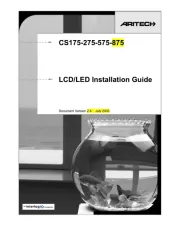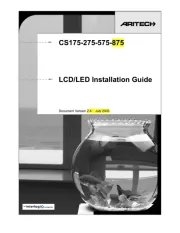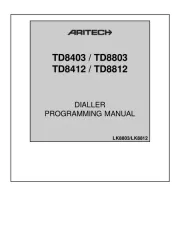Aritech SHATTERPRO 3 Manual
| Mærke: | Aritech |
| Kategori: | Sikkerhed |
| Model: | SHATTERPRO 3 |
Har du brug for hjælp?
Hvis du har brug for hjælp til Aritech SHATTERPRO 3 stil et spørgsmål nedenfor, og andre brugere vil svare dig
Sikkerhed Aritech Manualer

15 Januar 2025

15 August 2024

14 August 2024

6 August 2024

2 August 2024

19 Juli 2024

8 Juli 2024

8 Juli 2024

6 Juli 2024

6 Juli 2024
Sikkerhed Manualer
- PIR Alarm
- Theben
- Protector
- Brennenstuhl
- Selvag
- Grundig
- Eden
- Niko
- Hagenuk
- Lamax
- Nor-tec
- TRENDnet
- HUMANTECHNIK
- Ajax
- GE Security
Nyeste Sikkerhed Manualer

15 Januar 2025

15 Januar 2025

11 Januar 2025

5 Oktober 2024

23 September 2024

23 September 2024

23 September 2024

21 September 2024

20 September 2024

19 September 2024
